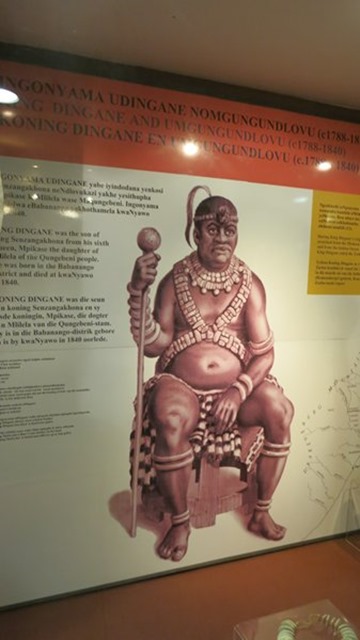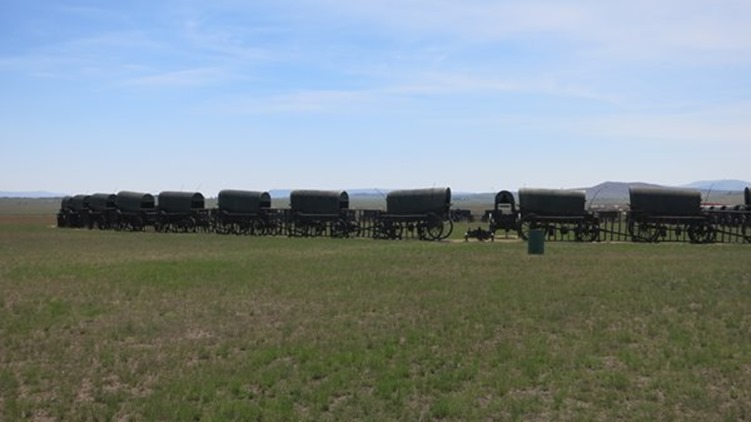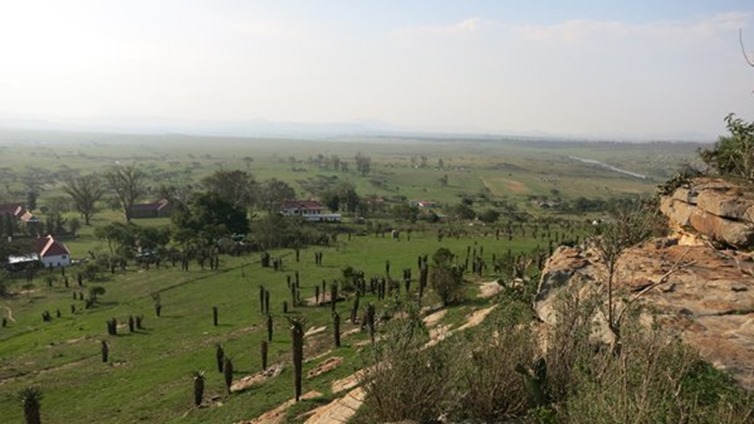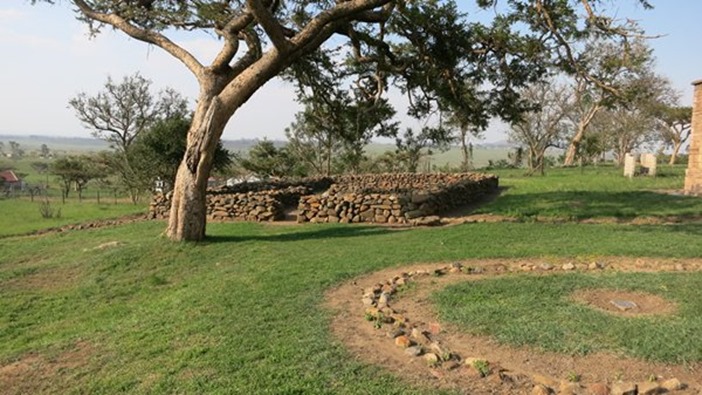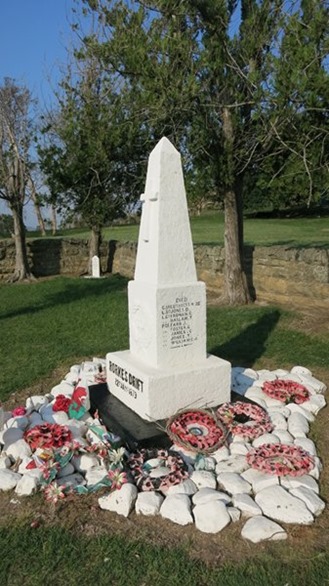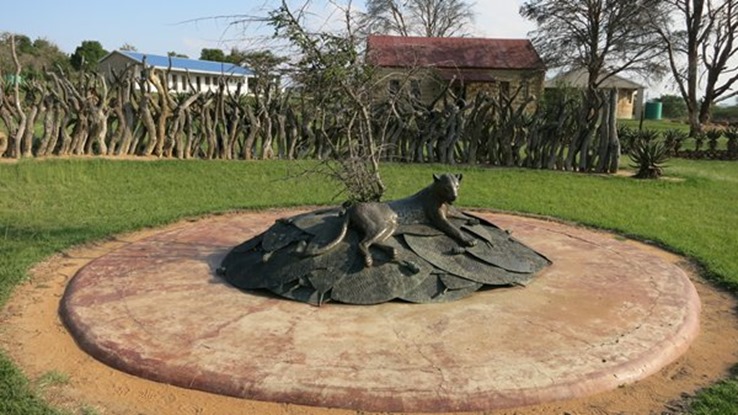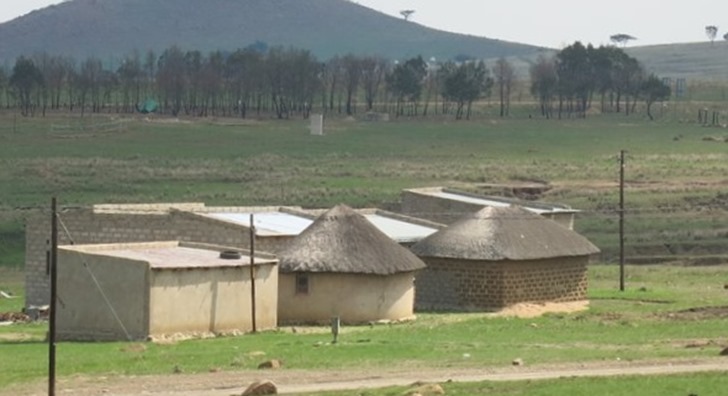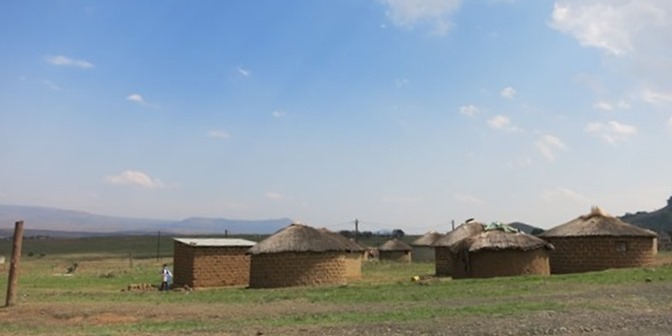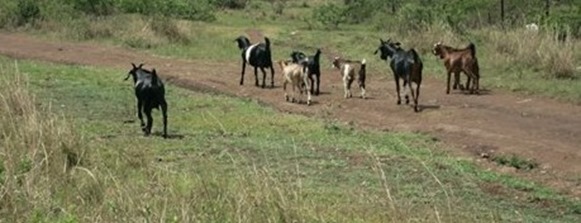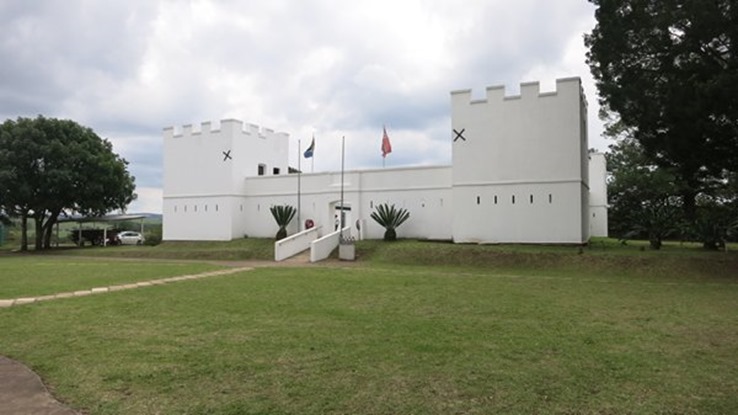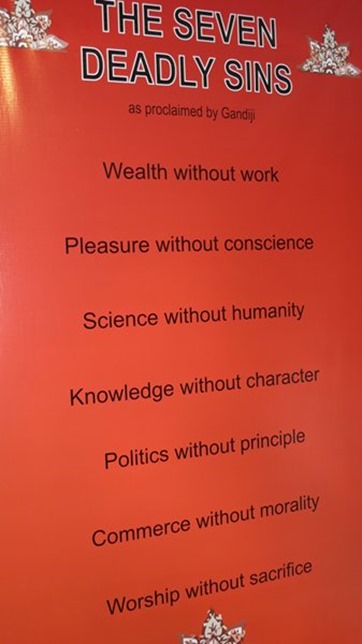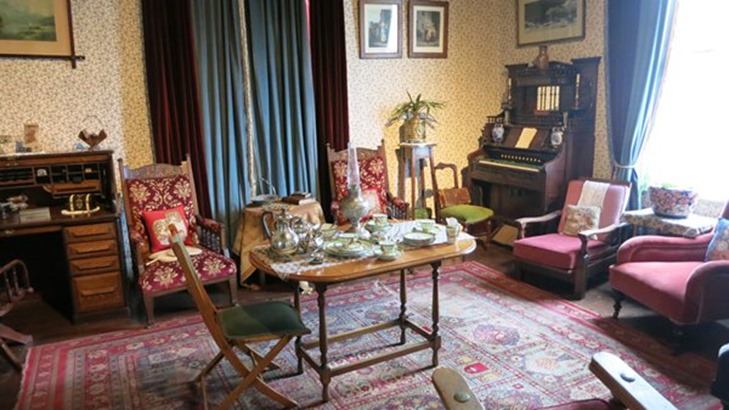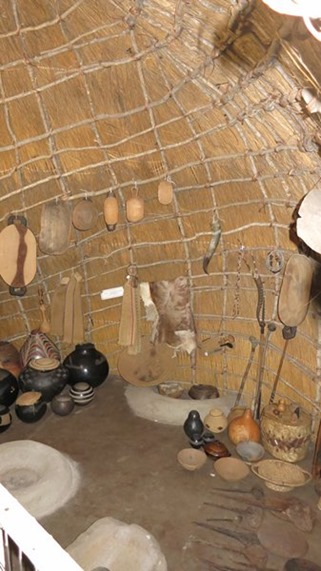History Lesson in Zululand

|
We had visited the nearby game parks 3 times, been to a local township, so now we decided to visit the sites of the Zulu battlefields to immerse ourselves in some recent history of the area. This is the home of the Zulu and as fans of Michael Caine and Stanley Baker know, a corner of the ambitious British empire was almost single handedly defended here.
Of course, things are a bit more complicated than that. The history of the Zulu really starts with King Shaka who united the chiefs and tribes whom until then had been a disparate collection of kingdoms. He was ruthless in organising his people and by the 1820s controlled most of what is now KwaZulu Natal; the Zulu Nation emerged as the most powerful and influential nation in Southern Africa. Shaka created a well trained and disciplined army, introducing innovative weaponry and his famous battlefield strategy 'horns of the buffalo', which is an encircling tactic. Like many tyrants he came to a sticky end when his half brothers followed his example and assassinated him in 1828; one of them, Dingane, became king. However, Shaka's legacy of a mighty army remained a potent force. It was this military machine that first the Boers and then the British encountered as they sought to take control of this fertile and productive region.
King Dingane
British rule was introduced to the Cape Colony in 1806 imposing stringent laws such as only the English language could be spoken and slavery banned, which the proud and independent Boers found intolerable. This resulted in an exodus of Voortrekkers and one group of Boers came to this area looking for somewhere to settle in order to maintain their identity and language. Dingane was suspicious of these interlopers and didn't want them to settle in Zulu lands. Eventually, after abortive attempts to dissuade them, they were killed when they were trying to negotiate a deal with Dingane. The outcome was the Boers sent a wagon train into Zulu territory armed with the latest rifles and artillery. Although there were 12,000 Zulus attacking their laager (a circle of wagons) the 450 Boers won the day killing an estimated 3,000 warriors and some of their generals. So many men died that the Ncome River is now referred to as Blood River. This life-size model of the laager remains as a reminder of that day.
This event was seen by the Boers as a sign that God approved of their annexation of these lands and to this day many Boers see the site as a milestone in their cultural development, the Afrikans language is very widely spoken and taught in KwaZulu Natal. A Boer run museum celebrates the victory, whilst across the river a fairly lavish but empty (when we visited) Zulu museum, erected by the SA government in honour of the Zulu impi who died, looks at the history of this battle from different perspectives.
Needless to say the Brits also felt the need to impose their will on the Zulus and colonize their lands. After demands and ultimatums were rebuffed by King Cetshwayo, the British decided to attack Ulundi, site of the Royal homestead. They were in for a nasty shock. At Isandlwana in 1879 over a 1,000 British redcoats were over run by the 20-25,000 strong Zulu army and almost completely wiped out. The following day, the tiny outpost of Rorkes Drift/Shiyane also fought for their lives but with better defences and preparation which included building barricades of mealie bags and wooden biscuit boxes! They managed to repulse 3,000 Zulus attacking the garrison again and again. The over-riding impression today is how small the defensive site is.
This small stone circle marks the redoubt made of biscuit boxes from where the last ditch defence was conducted The film Zulu is apparently a fairly true account of the fight and is still worth a look, even if it is 50 years old! There were a record number of Victoria crosses won that day, although there is a suggestion that there was a need to advertise the gallant defence so that the ignominious defeat of the day before was forgotten as quickly as possible!
There are 2 memorials to the fallen. This rather austere one
and this one to the Zulu impi who bravely charged again and again.
Today the gentle landscape where all this horror happened is populated by quiet Zulu villages where the goats, sheep and cattle roam free.
We visited a number of museums, including this one at Eshowe with its original fort built by the British that happily was never part of a battle. Our young Zulu guide gave us an excellent insight into the history and culture that was richly displayed here.
Inside a brave warrior could be found, advertising Irish stout.....
In Dundee, where we based ourselves, was the excellent Talana Heritage Park, built on the site of yet another battlefield. It had one building devoted to Gandhi who with his wife Ba, spent a significant part of his life here helping to fight for the rights of Indian workers. Indentured workers from India entered a pernicious system and became virtual slaves as they were in debt to their employers as soon as they arrived having to pay for work clothes, accommodation, food, tools and other essentials in advance. They had no money so this was tagged against their first wage which was not enough to pay off the amount and so they were in perpetual debt which could never be paid off and thus never had money of their own and of course all purchases had to be from the company store. As this system was phased out there were other restrictions introduced to curb the freedom and stifle the progress of these enterprising people such as the law prohibiting marriages other than Christian. This was a real challenge to Ba who worked tirelessly alongside Gandhi, despite imprisonment and rank discrimination, to improve the lot of the Indian people labouring to swell the coffers of industrialists and entrepreneurs.
We were especially struck by this display of his 7 deadly sins which some politicians and others would do well to learn by heart!
Another display was in an original building owned by one of the founders of Dundee, helping to establish the coal industry that produces much of the wealth for this area to this day. Here is the sitting room...
and here is a recreation of the interior of one of the circular Zulu huts as it would have been in the past.
The Afrikaner, British and Indian impact on the Zulu Kingdom has led to a province rich in cultural heritage which is now a colourful melting pot of languages, art, music and culinary experience. Such an interesting region.
Finally a big thank you to Paul and Karen Theunissen and their staff who run a wonderful guest house at Sneezewood, their working farm in Dundee. Extremely welcoming, they offer great comfort and delicious food in a lovely setting - perfect for land-lubbering. They also had the time to be interrogated by us on all things South African during our memorable 2 day stay. Highly recommended. |
